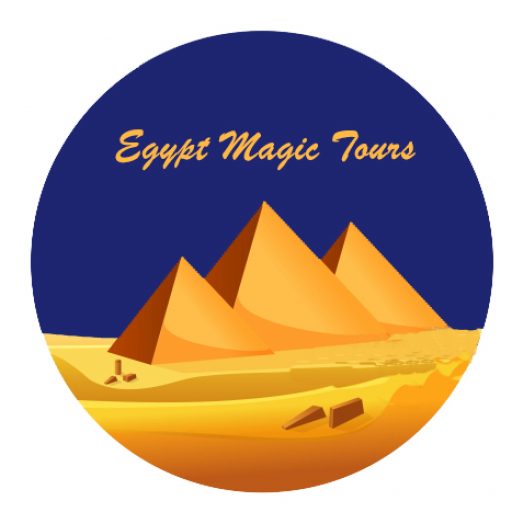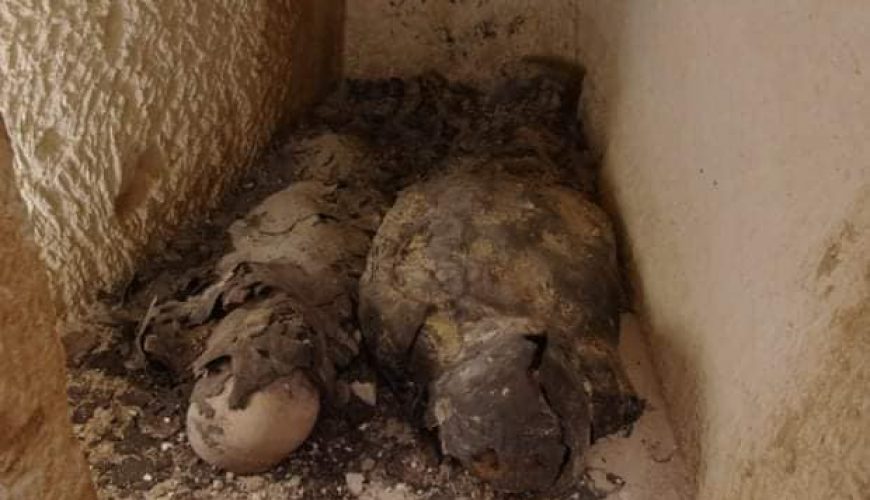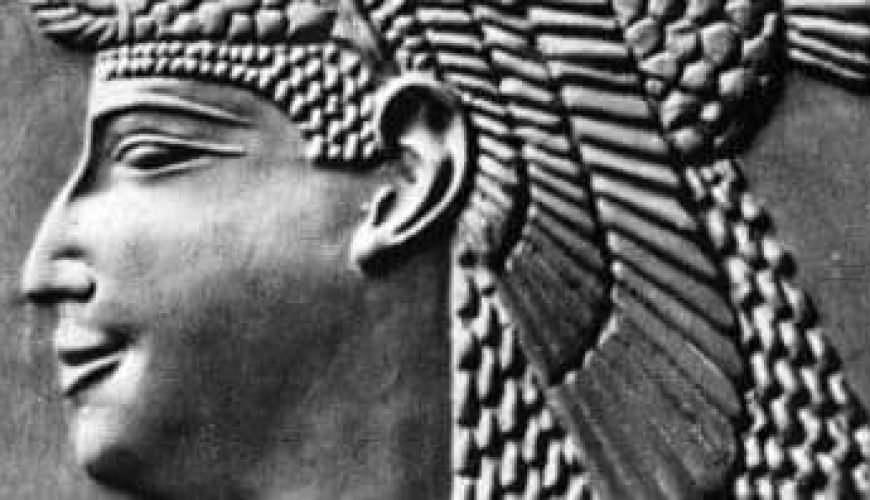Cleopatra
Under the headline “An exciting Egyptian discovery that finds new evidence to search for the Cleopatra cemetery”, the British newspaper “The Observer” highlighted new information that may lead to the place of the cemetery of Cleopatra, the legendary queen of ancient Egypt that immortalized As a strong and beautiful historical figure. Still, despite her fame, however, the place of Burying it is one of the great unresolved mysteries.
The newspaper said that some believed that she was buried in Alexandria, where she was born and ruled from her royal palace, which was destroyed by the tsunami in 365 AD.
Others suggest that its last place could be about 30 miles away in the ancient temple of Taposiris Magna, which its Ptolemaic predecessors built in the Nile Delta.
Now two high-status mummies have been discovered who lived at Cleopatra in Taposiris Magna, located about 30 kilometres from Alexandria; a discovery described as “exciting” because it shows the importance of the tomb that was attached to the kingdom.
The Observer indicated that although the burial chamber had been hidden for 2000 years, the mummies were in poor condition due to water leakage. But conclusive evidence reveals that it was originally completely covered in gold leaf, a luxury granted only to those of the highest strata of society. Archaeologists suggest that these two people may have had a relationship with Cleopatra herself.
The newspaper added that the inauguration of the intact cemetery, which is the first-ever found in Taposiris Magna, was filmed with cameras to show a new documentary for Channel 5, under the name “The Search for the Cleopatra Cemetery” last Thursday.
It was presented by Dr Glenn Godinho, a senior lecturer in Egyptology at the University of Liverpool, who described the discovery as exceptional. “Although the mummies are now covered with dust from 2000 years underground, they were amazing at that time. Covering them with gold leaf shows that they…were important members of society.”
The mummies are imaged x-rays, proving that they are male and female. One suggestion is that they were priests who played a major role in preserving the power of the pharaohs. One bears a picture of a scarab, symbolizing a new birth, painted in gold leaf.
Cleopatra belonged to the last queen, which the newspaper described as cruel, ruling the Ptolemaic Kingdom in Egypt, which lasted for nearly three centuries. So far, the tomb of the Pharaoh of Ptolemaic was not found.
Excavations at Taposiris Magna are chaired by Dr Kathleen Martinez, who, after working there for more than 14 years, is more convinced than ever that Cleopatra’s tomb will be found there. Only a small percentage of the vast site was explored.
At the show, cameras photograph her opening the burial chamber with two mummies for the first time. After removing the limestone slab using a chisel and hammer, you look through a small opening, and: “Oh my shout God, there is a mummy… Look at this wonder.”
Her previous discoveries include a headless pharaoh statue of Pharaoh, believed to be King Ptolemy IV, ancestor of Cleopatra, and a foundation plaque with an inscription showing that the temple is dedicated to the goddess Isis. Martinez said Cleopatra saw herself as “the personification of Isis.”
200 coins bearing the name and face of Cleopatra were discovered at an altar site inside the temple, where the priests were offering offerings to the gods.
Godinho says in the documentary that this “astonishing discovery” not only links Cleopatra directly with the Tapusiris Magna but also reveals a striking image of the Queen. While the protruding nose and double chin may not suggest the classic beauty immortalized by Hollywood and Elizabeth Taylor, she would have liked to be seen like this was most probably made coins with her direct instructions.
Egypt Magic [714] Cleopatra
July 13, 2021
0 comment




Comment (0)